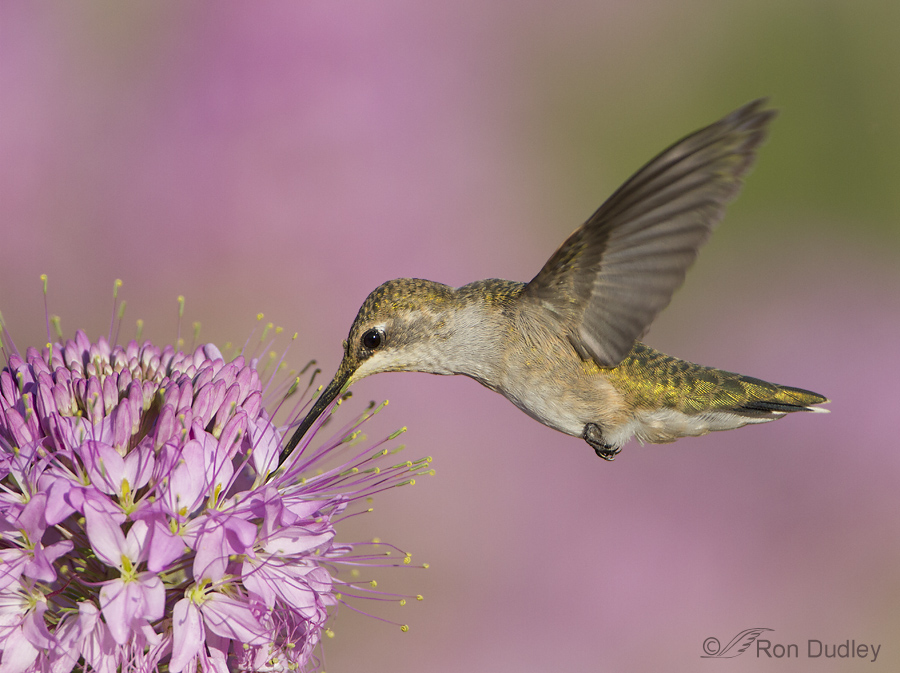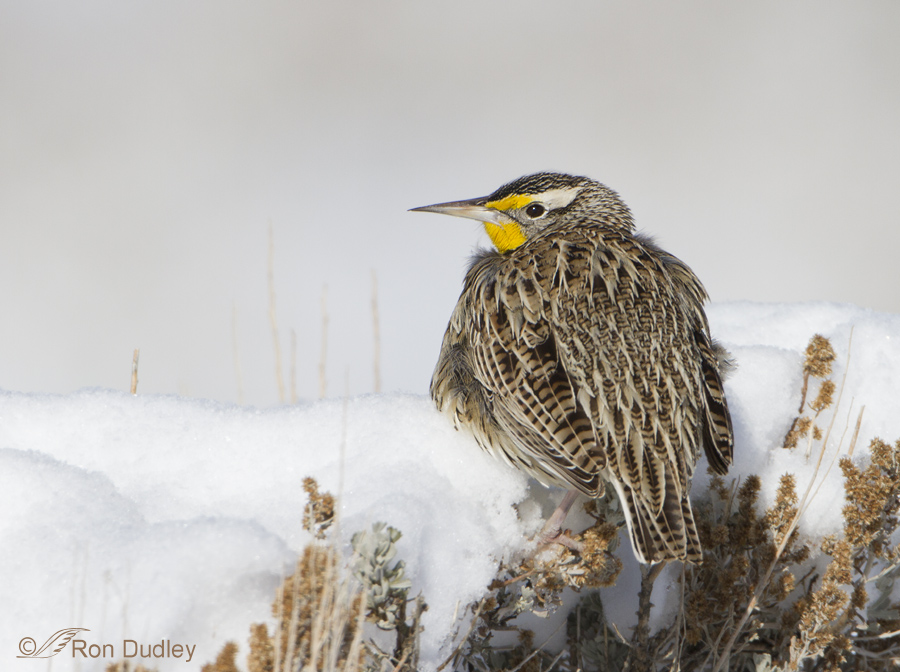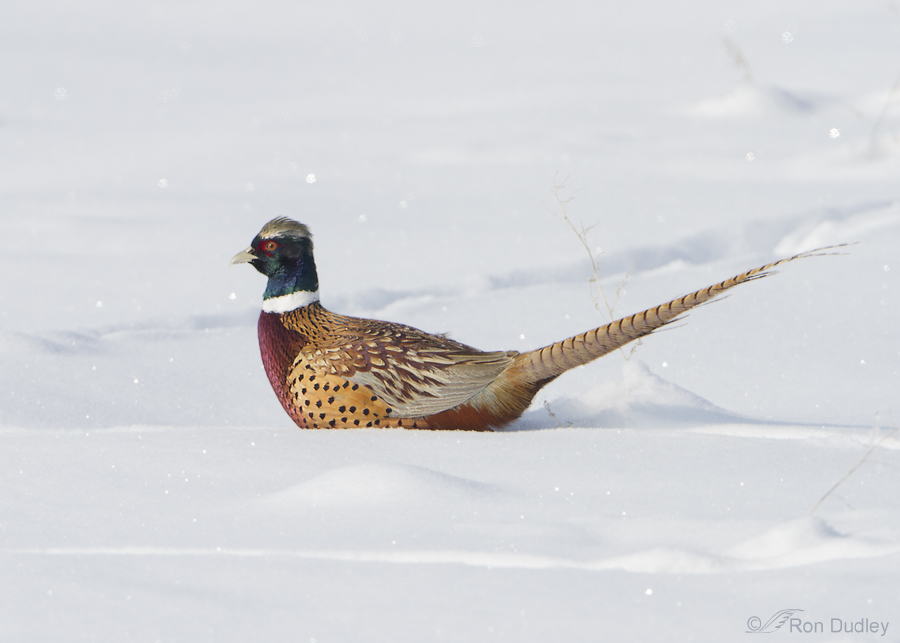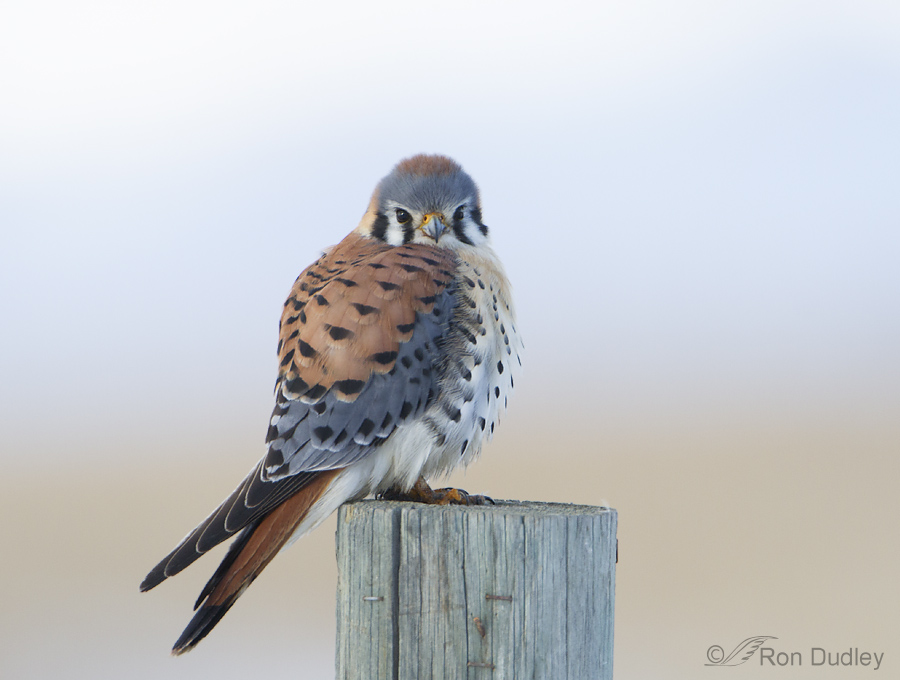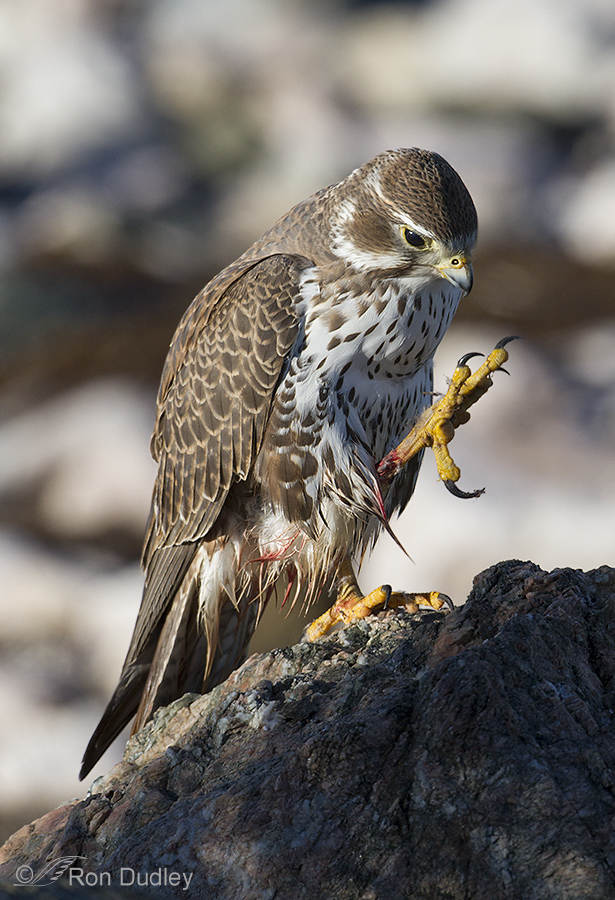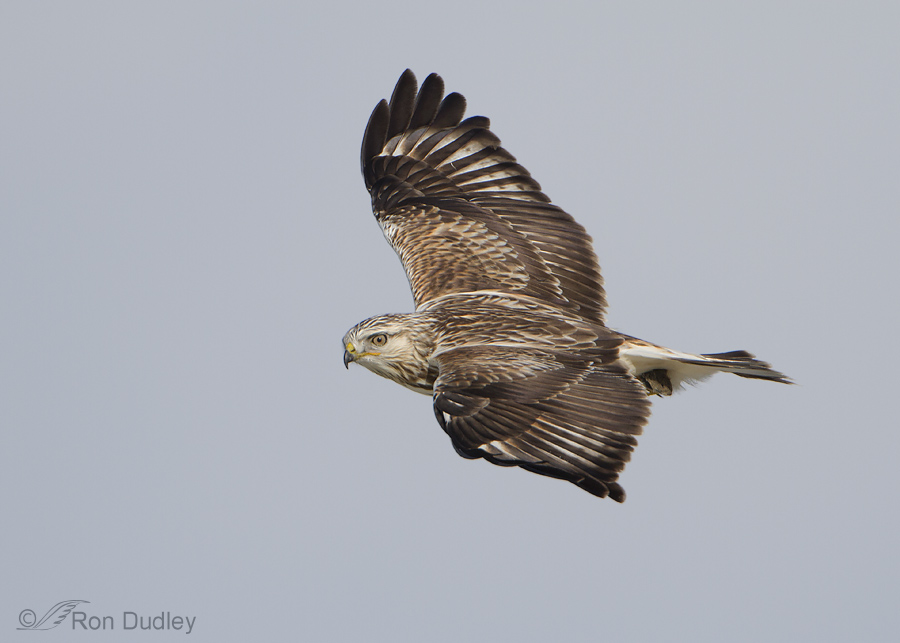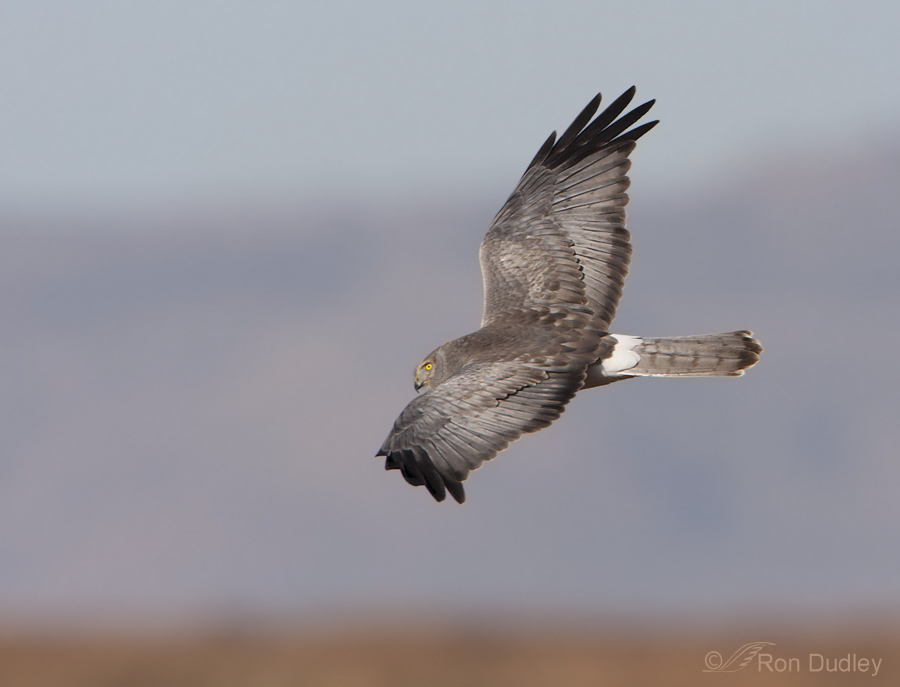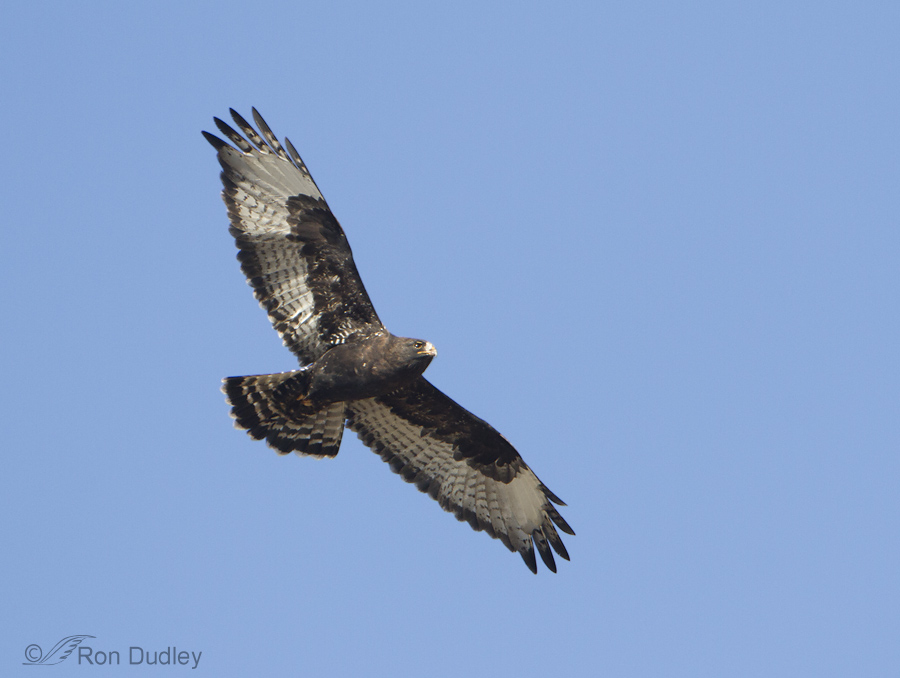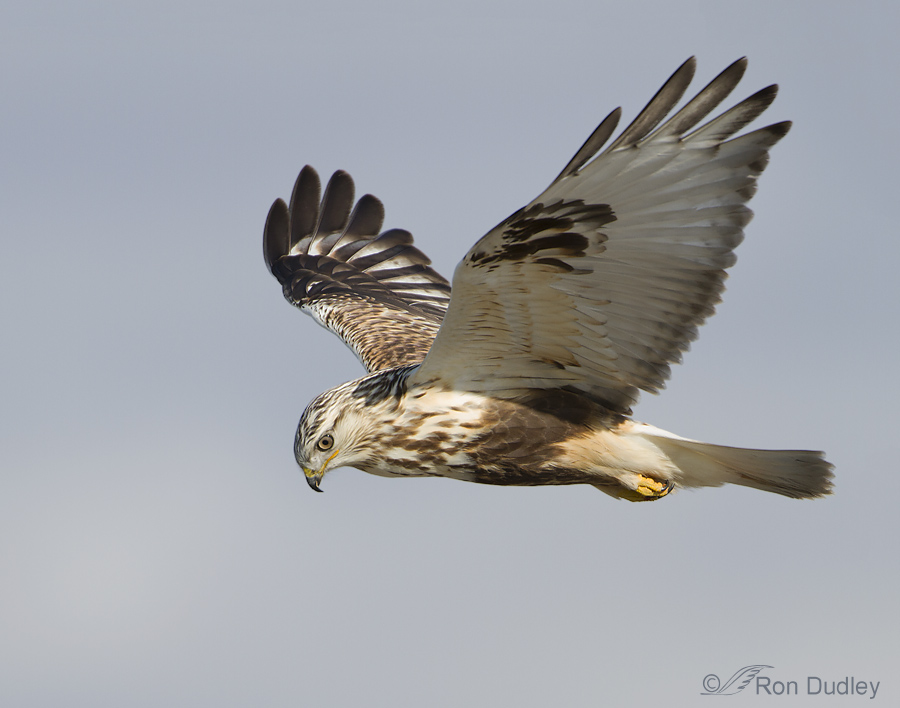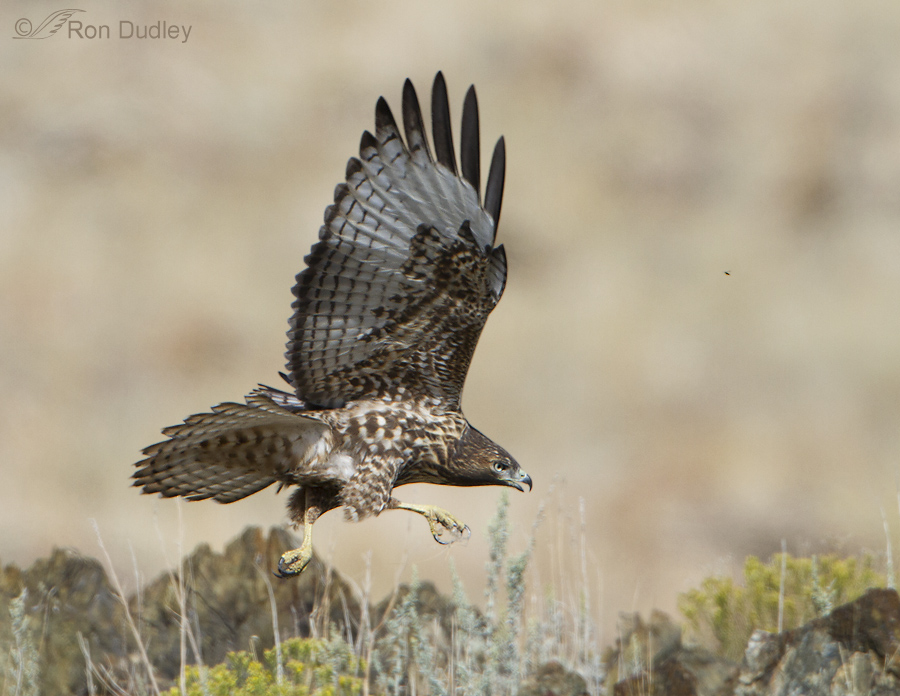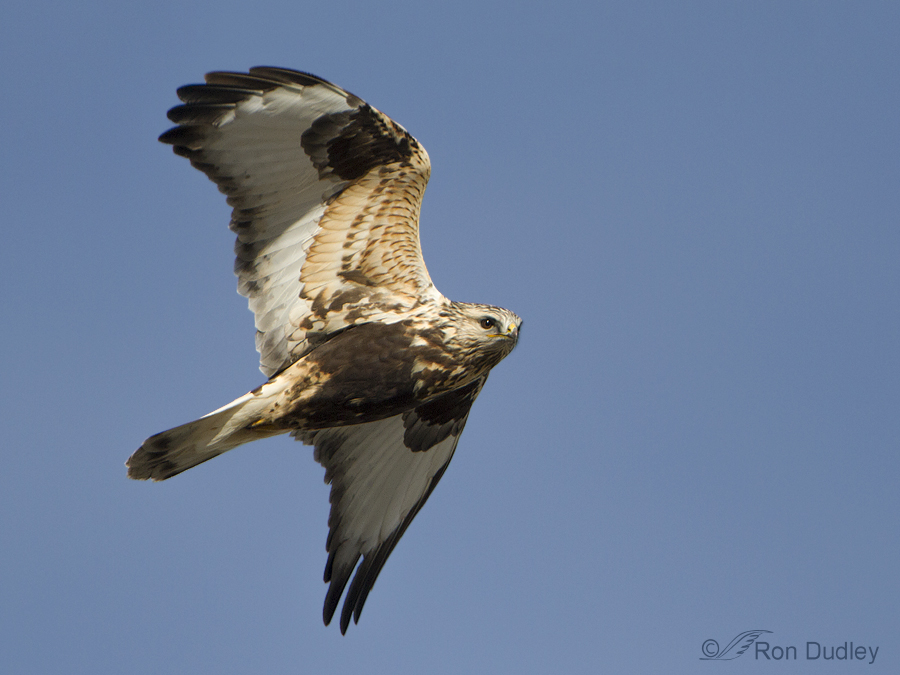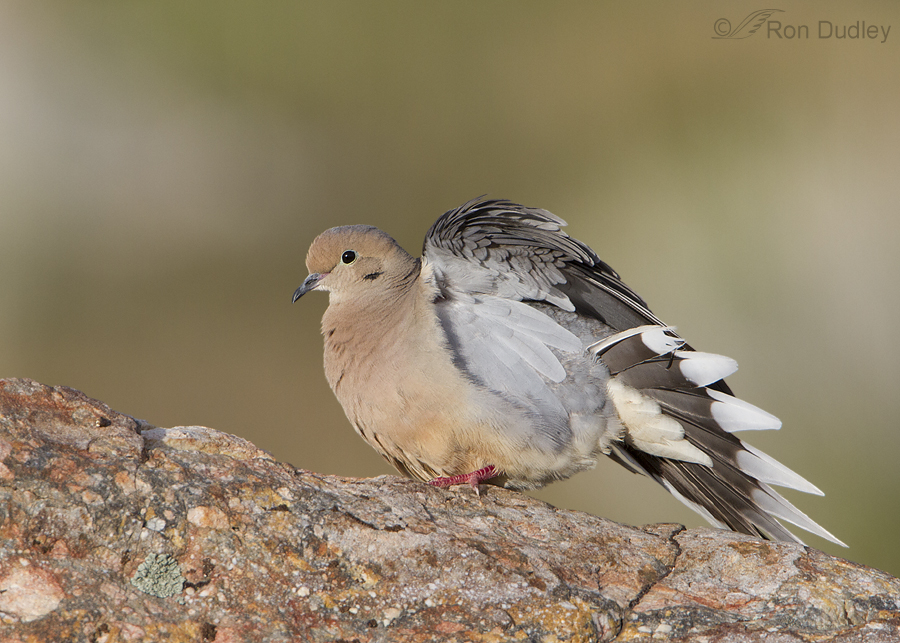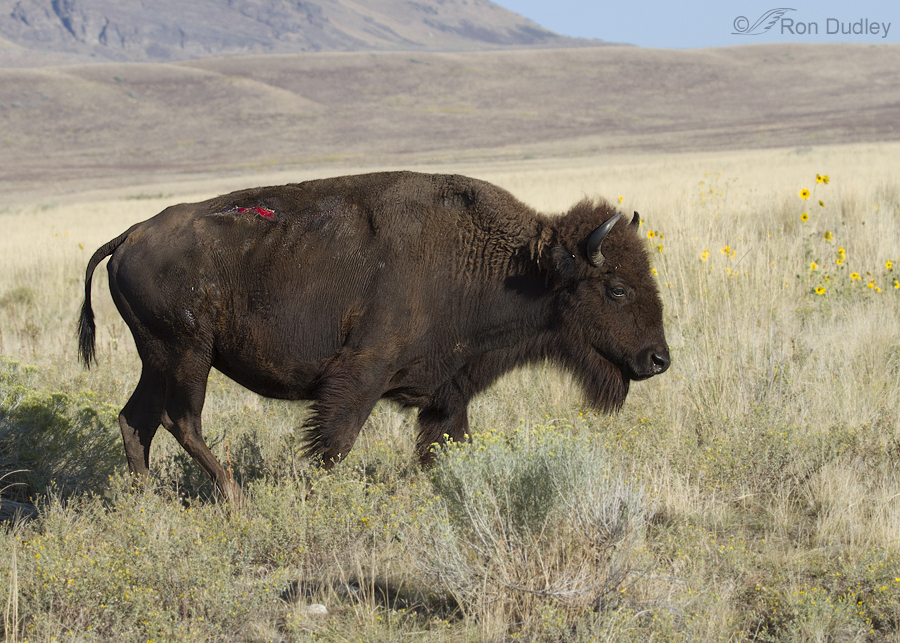A Tribute To The “Common Species”
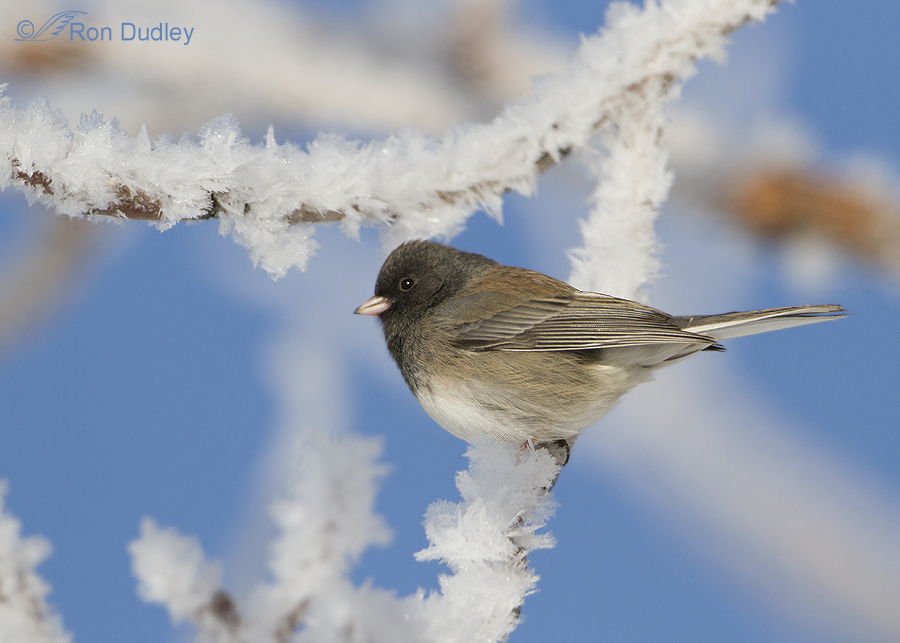
Many bird photographers tend to largely ignore the most common species in their areas and I’m as guilty of that as anyone.
There seems to be a sort of “supply and demand” philosophy – the more common they are the less appealing they are as subjects. That’s too bad for at least a couple of reasons – familiar birds can be just as interesting and beautiful as many of the others and what’s “common” where we live and/or shoot is very often uncommon or even nonexistent for folks in other areas. This post is meant to make up to some degree for my own poor judgment at times in choosing subjects.


